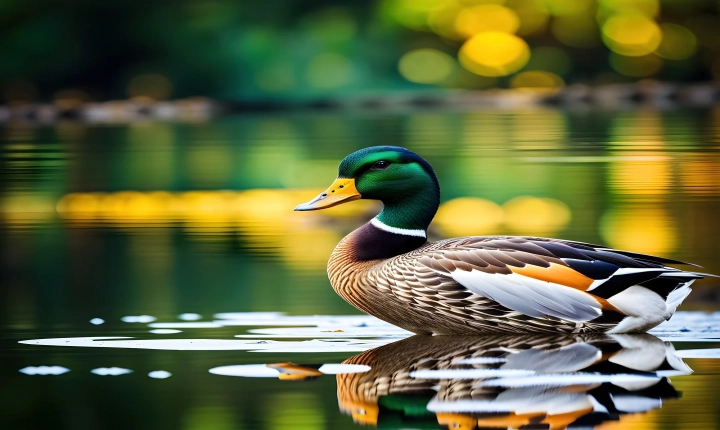Title: A Quick Guide to Changing Image Formats from JPG to AI
When working on graphic design projects, sometimes you may need to convert an image from one format to another. Converting an image from JPG to AI can be particularly useful when working with vector graphics and Adobe Illustrator. In this article, we will guide you through the process of changing the format from JPG to AI and provide some helpful tips along the way.
Understanding the Difference Between JPG and AI Formats
JPG (or JPEG) is a popular and widely used image format that is best suited for photographs and complex images with many colors. It is a compressed file format that is great for displaying high-quality images on websites and digital platforms.
On the other hand, AI is a file format used by Adobe Illustrator, a vector graphics editor. AI files are based on vector graphics, which means they can be scaled to any size without losing quality. This format is ideal for creating logos, icons, illustrations, and other types of graphics that require scalability and precision.
Converting JPG to AI Using Adobe Illustrator
To convert an image from JPG to AI, you will need to use a software program like Adobe Illustrator. Here’s a step-by-step guide to help you with the process:
1. Launch Adobe Illustrator and open a new document.
2. Go to File > Place and select the JPG image file that you want to convert to AI.
3. Once the JPG image is placed on the artboard, go to the Image Trace panel (Window > Image Trace) to convert the placed image into a vector format.
4. In the Image Trace panel, choose the preset options that best suit your image. You can experiment with different presets and adjust settings to achieve the desired result.
5. After making the necessary adjustments, click on the “Expand” button to convert the image into a vector format.
6. Now, your JPG image has been converted to AI format. You can save the file as an AI file by going to File > Save As and selecting Adobe Illustrator (.ai) as the file format.
Tips for Converting JPG to AI
– Keep in mind that not all images are suitable for conversion to AI format. Simple, high-contrast images with clear outlines tend to produce better results when converted to vector format.
– Experiment with the Image Trace presets and settings to find the best combination for your specific image. Adjust the threshold, paths, and other settings to achieve the desired level of detail and smoothness.
– After converting the image to AI format, make sure to review and refine the vector paths as needed. Some manual adjustments may be necessary to achieve the best results.
In conclusion, changing the format from JPG to AI can be a valuable skill when working with vector graphics and Adobe Illustrator. By following the steps outlined in this guide and keeping the tips in mind, you can successfully convert your JPG images to AI format and take full advantage of the benefits that vector graphics have to offer.
